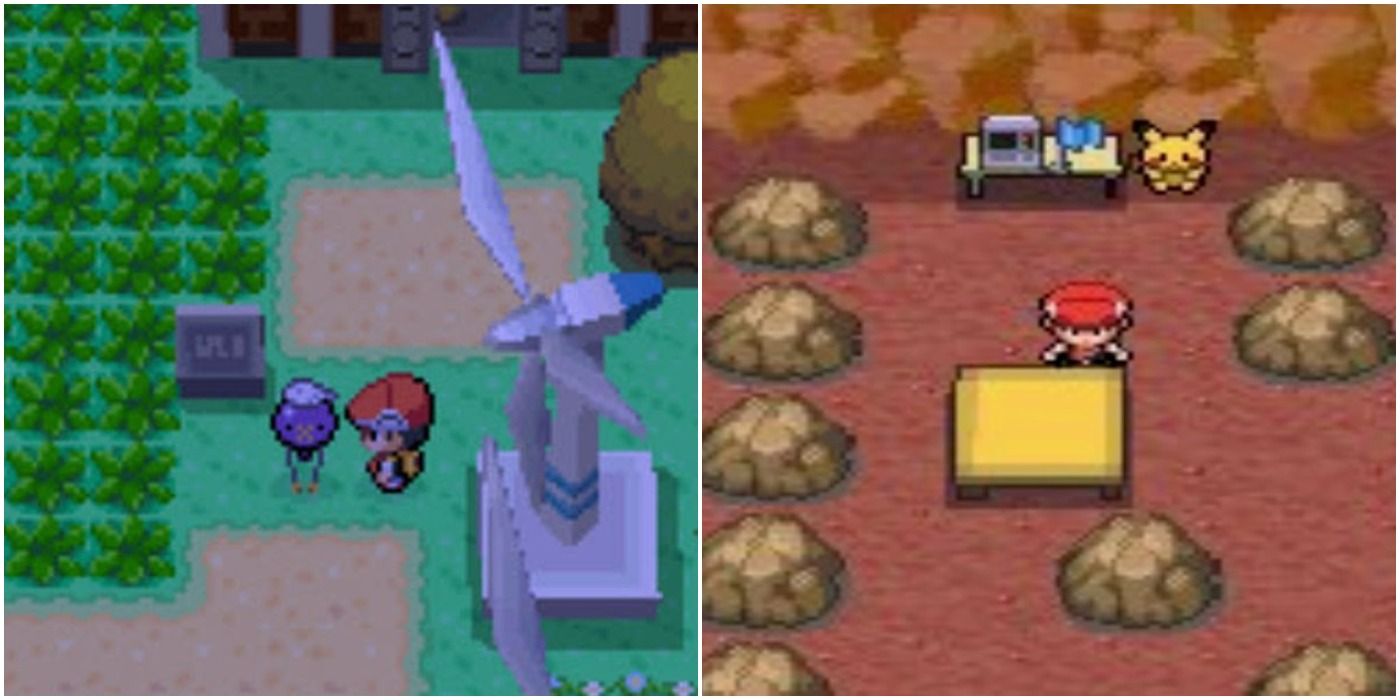
With the impending release of the Diamond & Pearl remakes, Brilliant Diamond and Shining Pearl, on the horizon, players are wondering what new features will be added to the games to make them stand apart from both the original versions and the other Pokémon games in the franchise.
The original Diamond & Pearl games brought both subtle and drastic changes to the franchise back in 2006. They were released as the world of Nintendo was moving from the Game Boy Advance to the Nintendo DS, which was why such changes became necessary.
10 Time-Based Events Returned With 5 Times Of Day And Honey Encounters
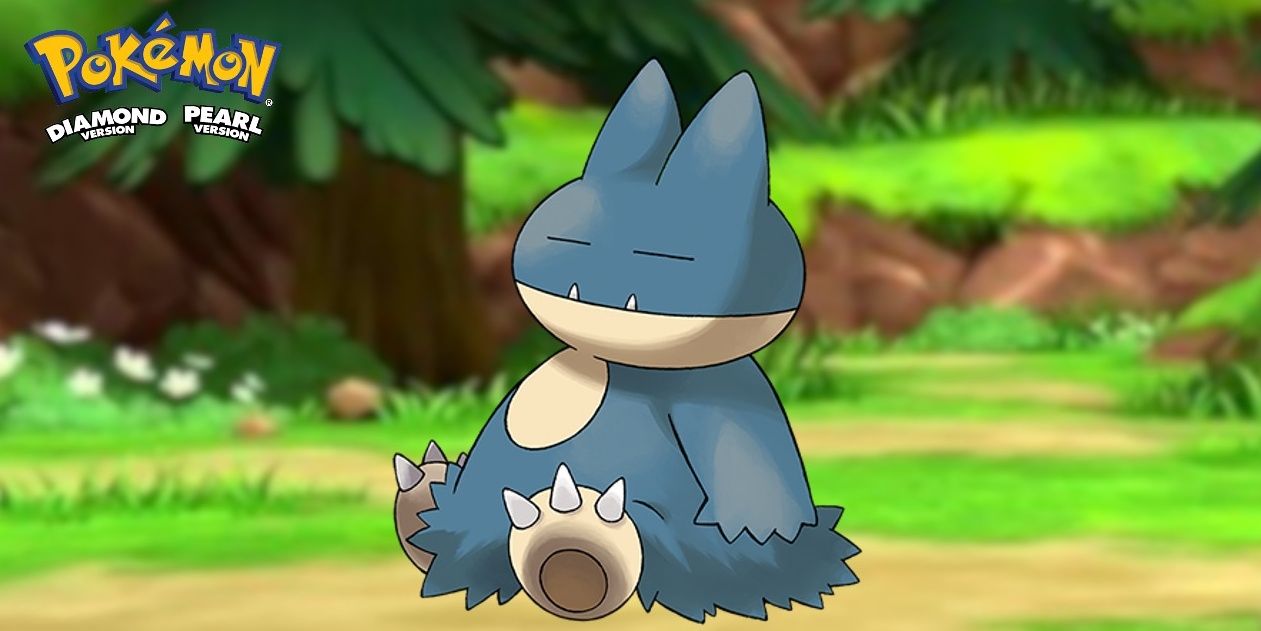
The day-night cycle was scrapped for the Hoenn region after it was used in the Gen II games, but made an emphatic return with Diamond & Pearl's five different timed phases: morning, day, afternoon, evening, and night. This allowed for more variety in wild Pokémon encounters, and the addition of honey-based encounters also made for a more authentic wild Pokémon experience.
Slathering honey on trees took time, but ultimately resulted in some unique Pokémon appearances. Time-based events had still been featured in Gen III but mainly just by growing berries.
9 Forced Double Battles With Travel Companions Were Introduced For Specific Areas
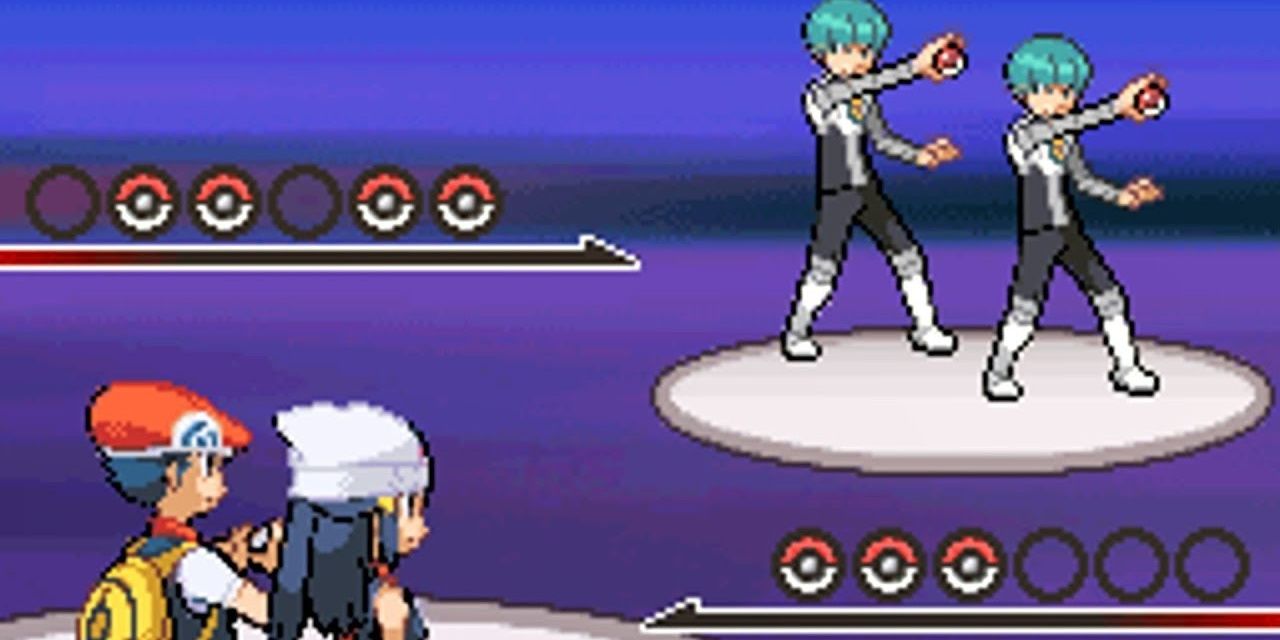
The jury is still out on whether this was a good addition or not, but Gen IV introduced more of a focus on double battles than previous generations did. There were particular zones, such as caves and forests, where the player was accompanied by an additional trainer, forcing any battles to be double battles until the two eventually parted ways.
This included wild encounters, which sometimes made catching Pokémon even harder that it already was. At times, the ally trainer would have powerful and competent Pokémon, but not always.
8 Replacements For Fainted Pokémon Got A Reprieve
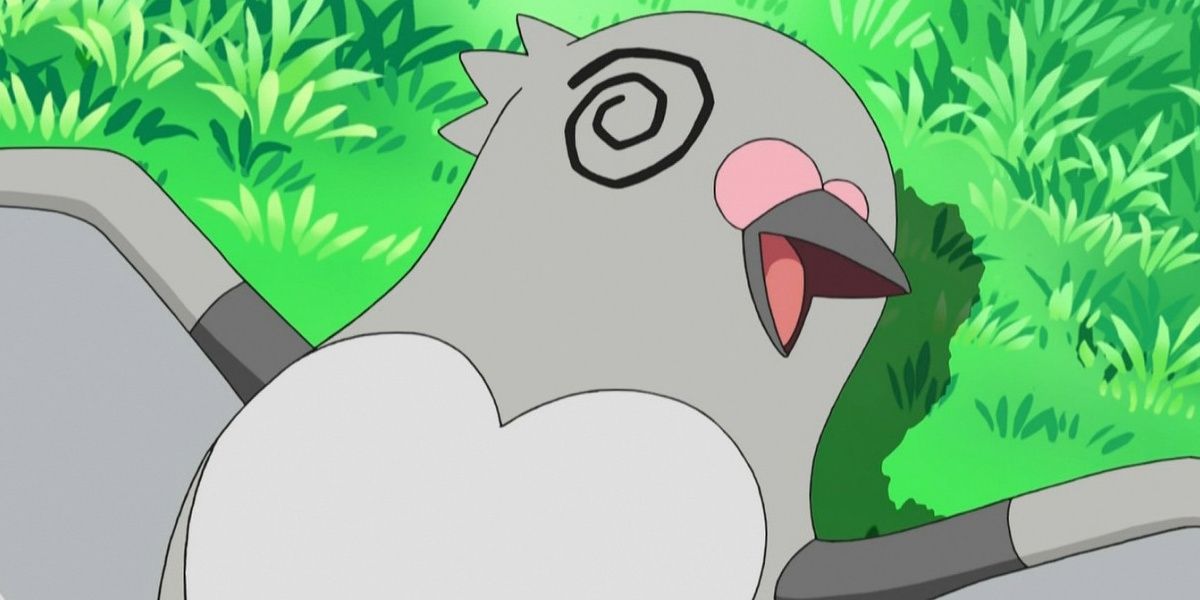
Gen IV saw a significant mechanic change in battle: when the player's Pokémon fainted, they were no longer prompted to immediately switch in a replacement. Instead, the rest of the turn ran its course before a new Pokémon entered the fray.
This fixed any concerns about switching in a new Pokémon only to have it immediately wiped out by a pre-selected move; any additional moves simply missed if they were focused on a slot that no longer had a Pokémon there.
7 Contests Got A Makeover With Super Contests
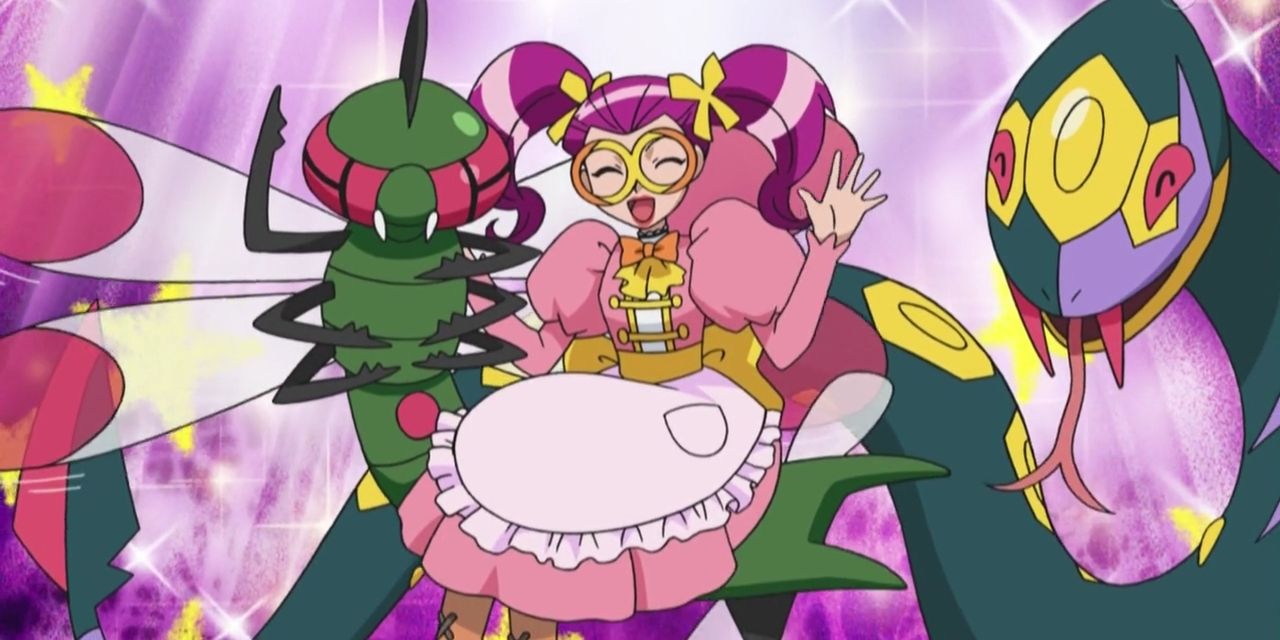
Contests got a stylistic overhaul for the Diamond & Pearl games with Poffins replacing Pokéblocks, the number of judges changing from one to three, and the name being changed to Super Contests.
While Gen III was responsible for adding contests to the franchise, Gen IV adapted and improved the concept, with HeartGold and SoulSilver, also Gen IV, introducing their own variation on the concept with the Pokéathlon games.
6 Three-Dimensional Rendering Of The Overworld Improved Considerably
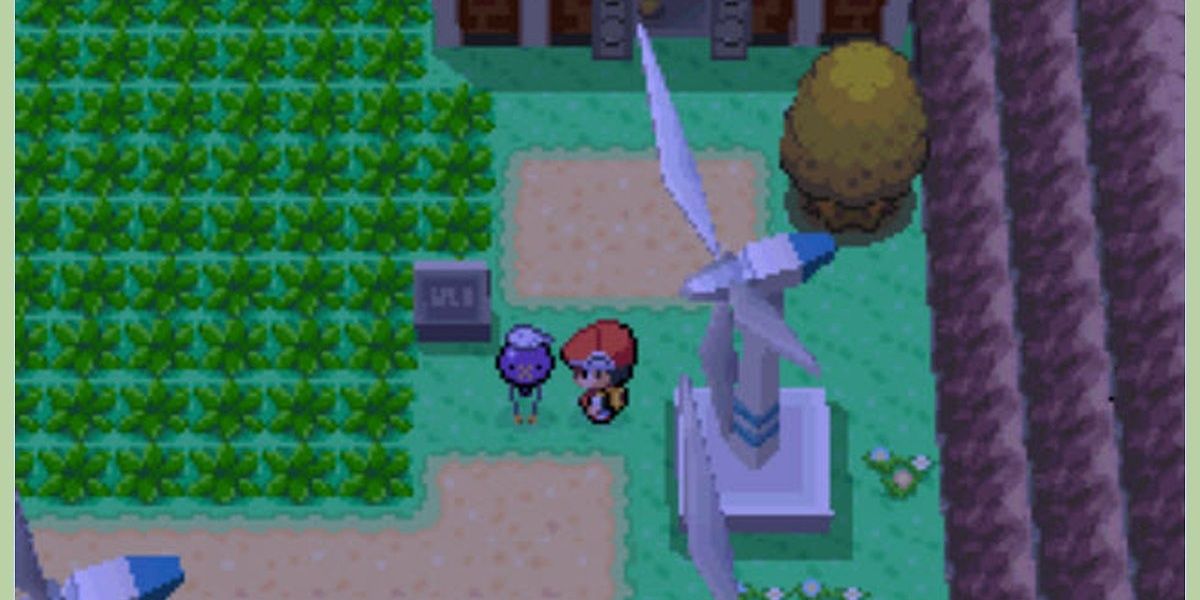
As expected of the Gen IV games alongside their jump to a technologically-superior console, the quality of all the assets was vastly improved from the previous generation. The world was becoming increasingly more interactable without deviating completely from its usual style, thanks to the wonders of improved 3D rendering.
Of course, the Pokémon games eventually went on further to fully move into the 3D bracket, while still maintaining the core of what has always made them great.
5 The Nintendo DS' Global Wi-Fi Multiplayer Functionality Was A Welcome Addition
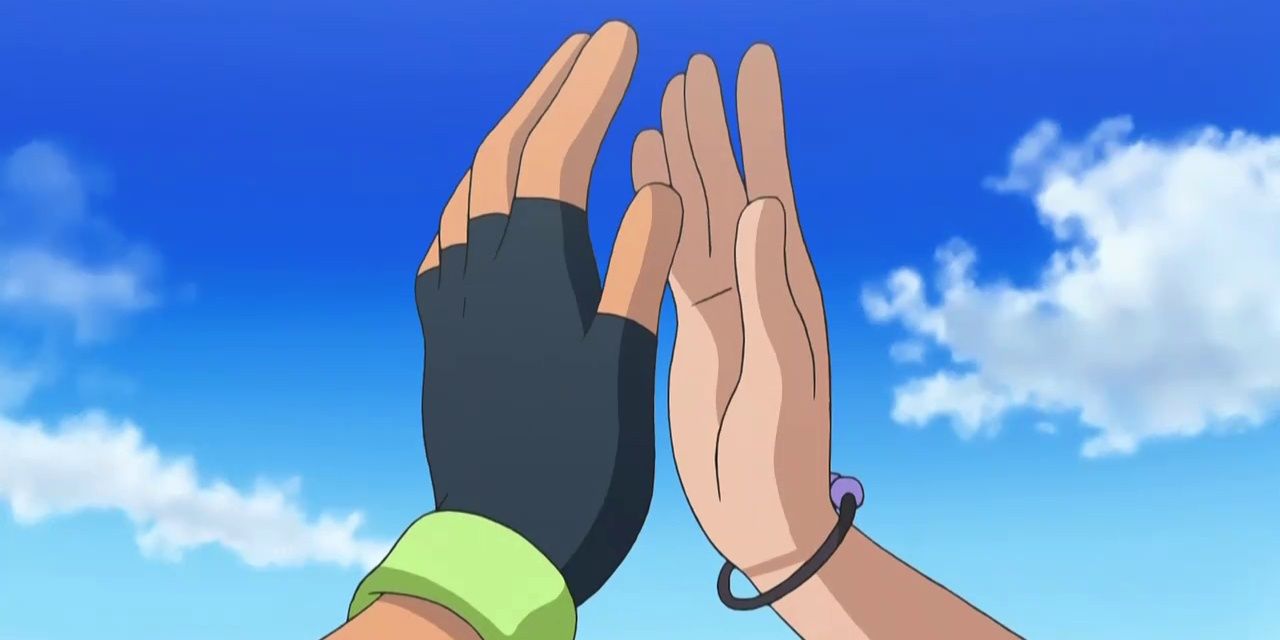
Nintendo Wi-Fi Connection allowed for some never-before-seen multiplayer content within the Pokémon franchise, moving on from the era of link cables and in-person meetings to trade and battle.
Freedom to chat, battle, and trade with anyone online was much-needed for the games at the time, and was the start of Pokémon becoming the incredible multiplayer-friendly game that it is today. Players could also record their contests at the Battle Frontier and share them over the Wi-Fi connection through the VS Recorder.
4 Evolutions Of Original Pokémon Were Introduced

The Sinnoh Professor, Rowan, and the Gen IV games as a whole were focused on evolution. This was made clear with several first generation Pokémon getting new evolutions, either for the first time or additional ones in the case of Eevee.
Electabuzz, Magmar, and Rhydon all got third evolution forms, with all of them being powerhouses in their own right. With 107 Pokémon added in total for Gen IV, many of these new additions being evolved forms of existing Pokémon made for some interesting dynamics and encounters.
3 The Second Screen Of The DS Was Filled With Additional Content
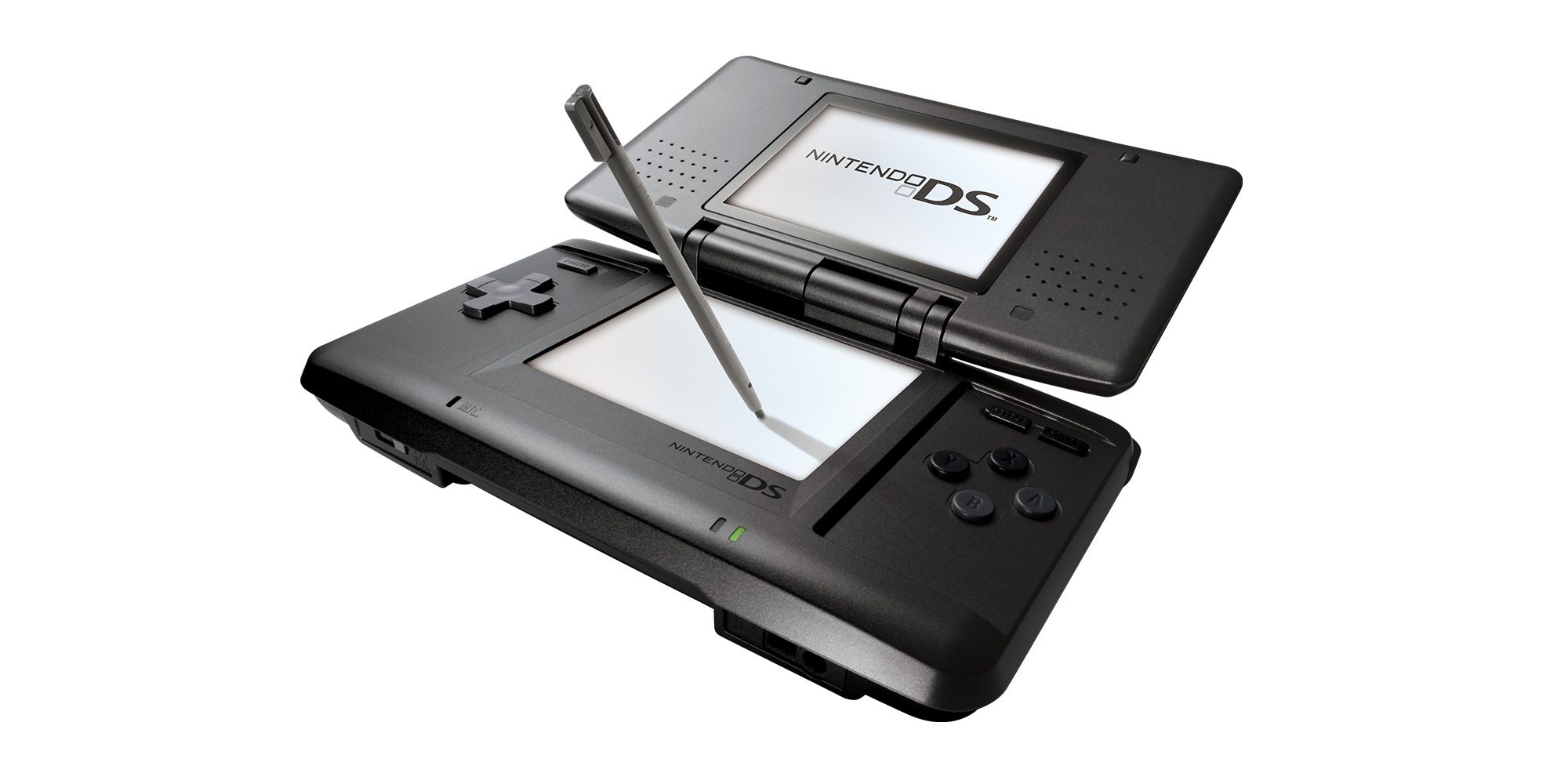
Following Pokémon's transition from the Game Boy Advance to the Nintendo DS, there was now an extra screen with touch screen capabilities that needed to be utilized. Gen IV did exactly that by introducing the Pokétch, an app that could display different UI interfaces such as the time and the player's current team of Pokémon.
The second screen could also be used when looking through each function within the main menu, adding touch screen interactions for the Pokédex, Pokémon interface, Bag, and even the player's trainer card.
2 The Underground Expanded Immensely On The Secret Base Concept
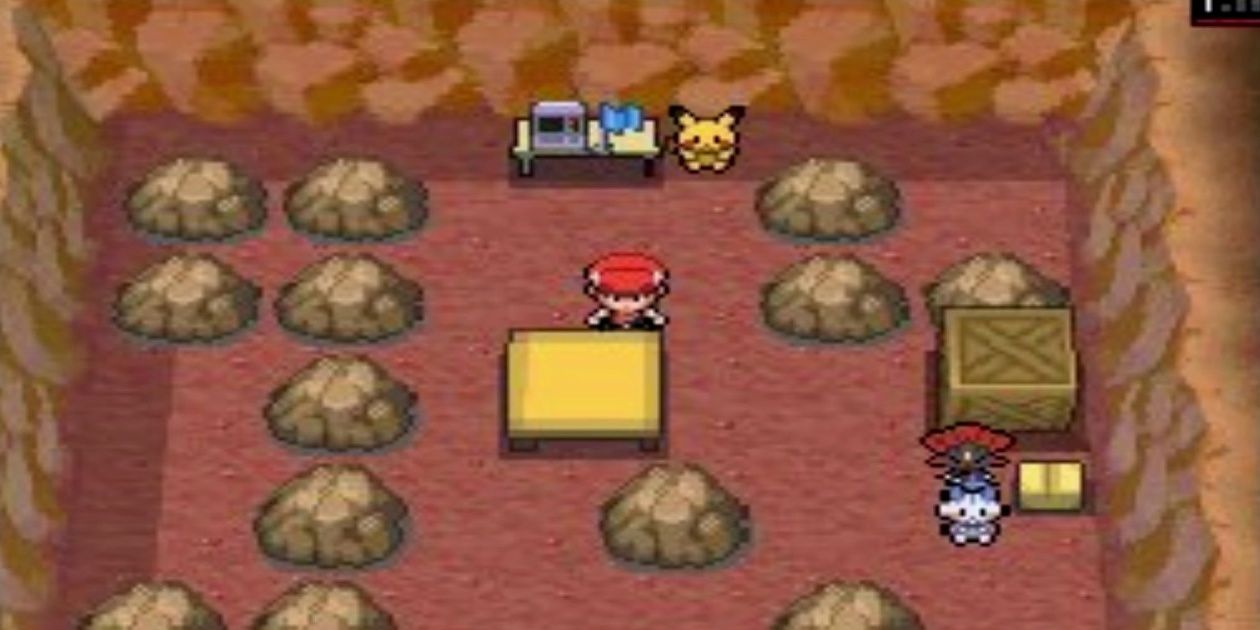
Secret bases were a cool addition to the Gen III games, but Gen IV really ramped it up with the addition of the Underground. This new feature incorporated the creative nature of secret bases but also added in treasure-hunting and item-finding, even resulting in other bonuses when reporting to a particular overworld character.
It was also possible for players to interact over local wireless connections, making this neat little mode an even better addition to the series.
1 Pokémon Moves Were Categorized Differently In Gen IV

With Gen IV, a Pokémon's moves were now looked at and analyzed individually, with specific moves being appropriately classed as physical, special, or status, depending on what the move actually did, instead of classing an entire type as special, like it used to be with Fire, for example.
This allowed for every type of Pokémon to have physical and special moves, with the status category now also being used to classify moves such as Recover and Toxic. It was an addition that made perfect sense — and made each move more unique.
0 Comments